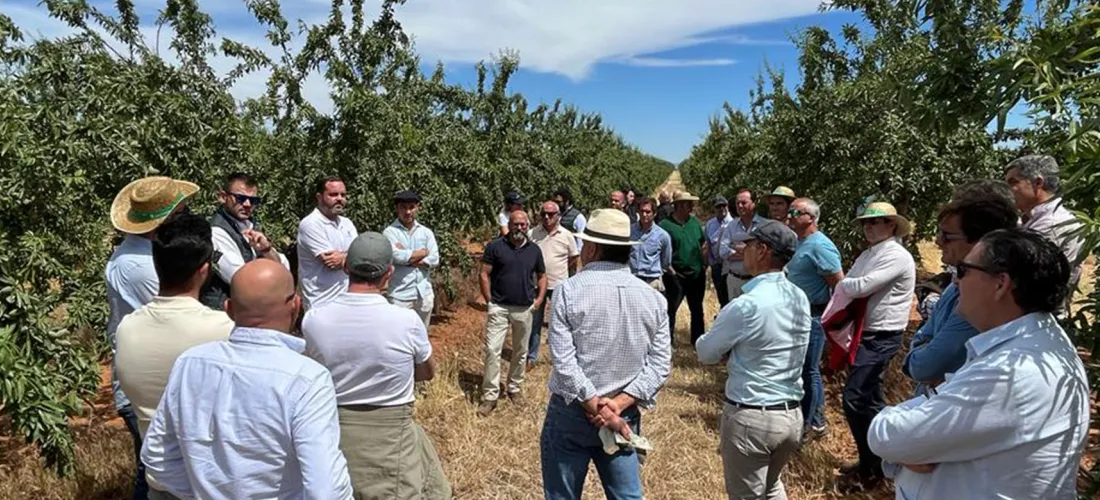Cover Crops in Woody Crops
Conservation agriculture is a sustainable approach to agricultural production which aims to protect the soil from erosion and degradation, and contribute to the preservation of natural resources (water and air), while optimising at the same time the yield of the crops.
In this way, the installation of cover crops in plantation areas is considered one of the best actions to prevent the erosion of the soil and minimize the impact of the agrochemical products in the environment. Thus, it is also considered a recommended practice in the promotion of sustainable agriculture.
Maintaining a green cover consists precisely in leaving the soil covered with herbaceous plants (grown or spontaneous), between the rows of trees. As an alternative, it is possible to opt by covering it dead vegetable material, as is the case of pruning’s residues.
There are indeed many benefits from this practice:
- Economic benefits – labour and fuel savings, increased yields and reduced runoff and erosion, which strongly contributes to increased agricultural production costs.
- And environmental benefits - improved soil properties, increased biodiversity, reduced erosion and CO2 emissions, increased carbon storage, reduced flooding and landslides and reduced water pollution.
In addition, the implementation of cover crops may also become a source of income for the farmer as it allows access to the new aid modality of the PAC 2023-2027 and gives the possibility of generating carbon credits, which may be sold, in the future market that the European Commission will legislate in 2023.


